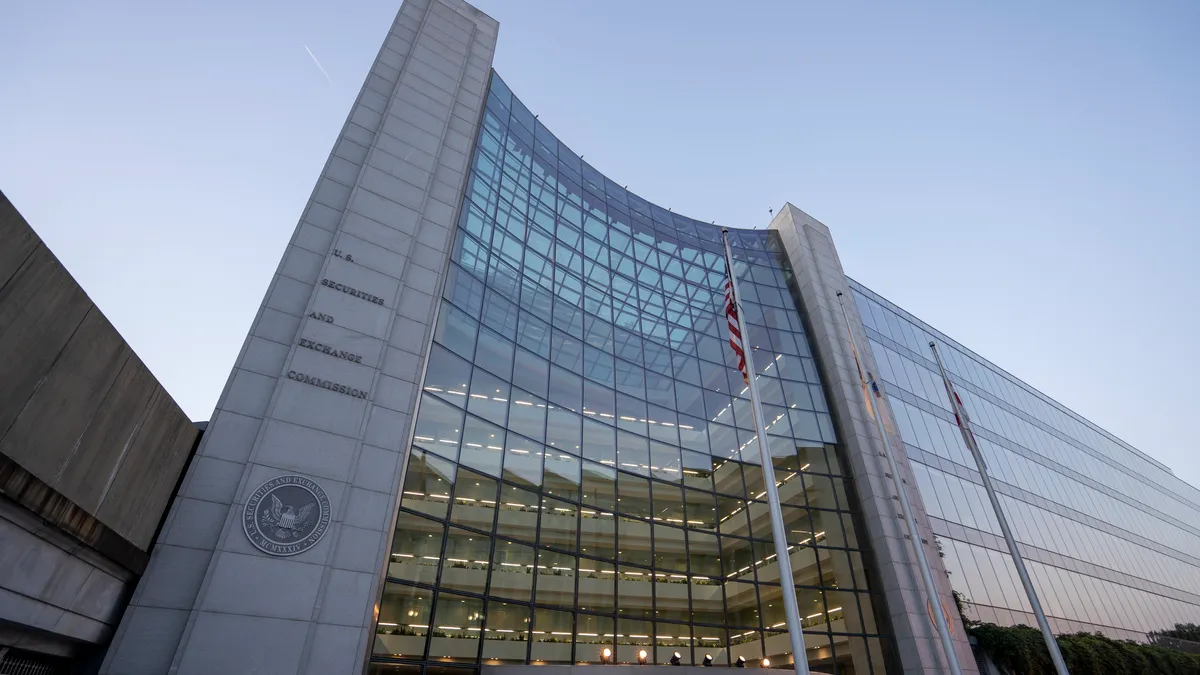The finance provider eCapital has made several acquisitions in the last few years, and it recently brought on a legal leader who appears well-equipped to help it continue its expansion.
Todd Zarin, who started as eCapital’s chief legal officer in early December, has worked on mergers and acquisitions during his 20-year career both as internal and external counsel.
His experience includes serving as general counsel to the financial services company BFS Capital and working at the law firm Weil, Gotshal & Manges.
As part of his new role, Zarin said he is “looking to assist management in executing accretive deals identified by the management team and to do that as efficiently and protectively as possible while maximizing deal value.”
Zarin recently spoke with Legal Dive about best practices for legal department leaders and other in-house counsel involved in M&A transactions.
Understanding the business case
Zarin said M&A work gives in-house counsel the opportunity to work hand-in-hand with management on important matters.

He recommends legal chiefs begin by finding out what management’s top business objectives are and how a particular deal or deals could help meet those objectives.
This information, Zarin said, can help guide a lawyer’s advice on how to structure and execute a transaction.
Additionally, the lawyer can use the information shared with them to identify areas of legal risk, such as regulatory exposure, in the transaction approach advocated by management.
“I need to understand the business goals, and I need to be able to communicate the technical legal issues,” Zarin said.
Evaluating risks
There are no shortcuts for the work lawyers must undertake to examine the risks of a proposed merger or acquisition, Zarin said, because “every transaction document is an allocation of risk.”
Attorneys should help identify which party will shoulder the risk inherent in the sale of a company, he said, as well as who is obligated to take specific actions after a deal is closed.
For example, it needs to be determined which party is responsible for legal actions that surface after a transaction closes but arise from events preceding the closing.
“Corporate lawyers putting deals together try to consider these types of risks, so the parties can negotiate them,” Zarin said. “Allowing a deal to close without reflecting on these types of questions can result in surprised buyers and sellers, disputes and, ultimately, land on the desks of our litigation colleagues.”
Utilizing experts
Attorneys also play a role in assessing the tax, employee benefits and environmental implications, among others, of deals.
Speaking with specialists in these areas can provide helpful information for in-house lawyers working on transactions, Zarin said.
Overall, he recommends attorneys learn everything they can about the key topics at hand in an M&A matter to inform the advice they give the management team.
Zarin said this allows in-house counsel to understand the issues a particular deal may create well enough “to generate the confidence to go back to management and explain why a particular risk may be worth taking or why it really may not.”
Tracking regulatory developments
Zarin said it is also important for in-house lawyers to keep abreast of the regulatory climate when evaluating M&A risk.
He highlighted the changes in the data privacy and data security regulatory space that have accelerated in recent years in the U.S. and abroad.
Additionally, there has been an uptick in U.S. Department of Justice and Federal Trade Commission activity focused on potential antitrust violations in recent years.
A recent analysis found that DOJ and FTC filed 10 lawsuits last year to block deals they deemed anti-competitive, the most challenges observed in a single year since the Dechert law firm started tracking such data in 2011.
“I think the company really gets a better bargain from its legal team when we’re constantly thinking about what's changing in the M&A climate and what's changing in the regulatory environment,” Zarin said.



















